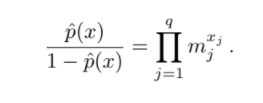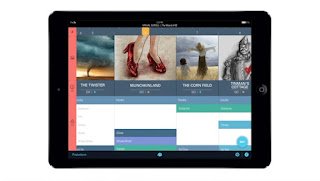AI at Google

A snippet I found relevant to Google in Thomas H. Davenport's book The AI Advantage. "Google has been, perhaps not surprisingly, the most active developer and user of AI among the Internet giants—and perhaps all companies in the world. The company, working with Stanford professor Andrew Ng, began to research AI (deep learning in particular) in its Google X research labs in 2011. The project came to be known as Google Brain. The method of choice was deep learning, which was used for image recognition, among other tasks. By 2012 the group had conquered one of the most pressing problems of humankind: how to get a machine to identify a photo of a cat on the internet. The next year, Google hired Geoffrey Hinton, the University of Toronto researcher who had helped to revive neural networks. In 2014 Google bought DeepMind, a London-based firm with deep expertise in deep learning. The group’s tools were used to help AlphaGo, Google’s machine that plays the ancient game Go, beat one




